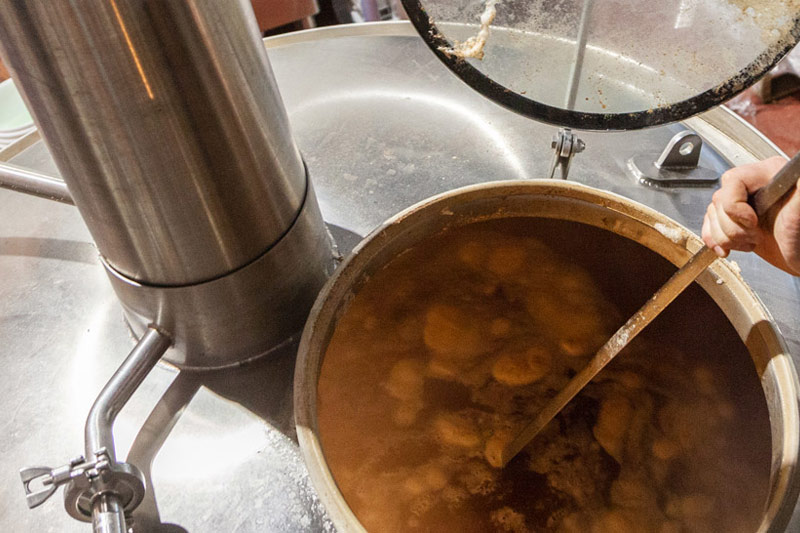Manual brewing system
The manual brewing system, also known as the manual brewing system, is a system that relies on manual operation by the brewer. The brewer needs to personally participate in almost every link of the brewing process, including ingredients, heating, stirring, fermentation, etc. Although with the development of technology, the manual brewing system has gradually introduced some semi-automatic tools, the core operation still relies on the experience and skills of the brewer.
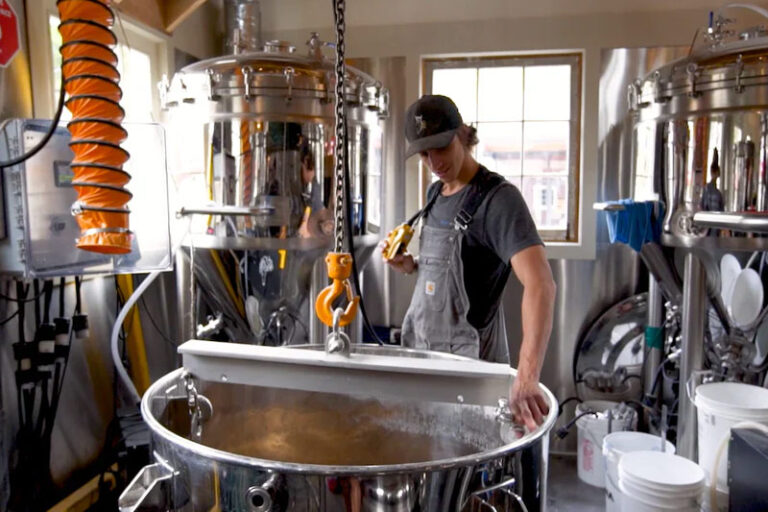
Manual brewing process
- Mashing: Mix the broken malt with hot water to form a “malt paste”. The purpose of this process is to convert the starch in the malt into sugar for yeast fermentation.
- Boiling: The wort needs to be boiled to remove unnecessary substances and concentrate the taste. Hops can be added in this process to give the beer bitterness and aroma.
- Cooling: The boiled wort needs to be quickly cooled to a temperature suitable for yeast fermentation, usually 20°C to 25° A chiller can be used to speed up the cooling process.
- Fermentation: Pour the cooled wort into a fermentation barrel and add yeast, which will convert the sugar in the wort into alcohol and carbon dioxide.
- Packaging: Add an appropriate amount of sugar to the bottle to help the beer produce carbonated bubbles in the bottle. After bottling, it needs to be stored in a temperature-controlled environment for a few weeks to facilitate the further maturation of the beer flavor.
Advantages
- Lower cost: The equipment of the manual brewing system is usually simpler, so the initial investment cost is lower.
- Strong control: Manual operation allows brewers to carefully control each link, which is suitable for brewers who pursue personalization and unique tastes.
- Suitable for small batch production: For home brewing, manual systems are more suitable for making small batches of high-quality brewing products.
Disadvantages
- High labor intensity: It requires brewers to invest a lot of time and energy, and is suitable for brewing enthusiasts who like to do it themselves.
- High difficulty in operation: Manual brewing requires brewers to have higher professional knowledge and skills.
- Time consumption: Since each step needs to be completed manually, the entire brewing cycle is long, especially during the fermentation and blending process.
Automatic brewing system
An automated brewing system is a system that relies on computer programs and automated equipment to complete the brewing process. Through sensors, heaters, pumps, and control systems, most operations in the brewing process can be completed automatically, and the role of the brewer is more to supervise and adjust the system.
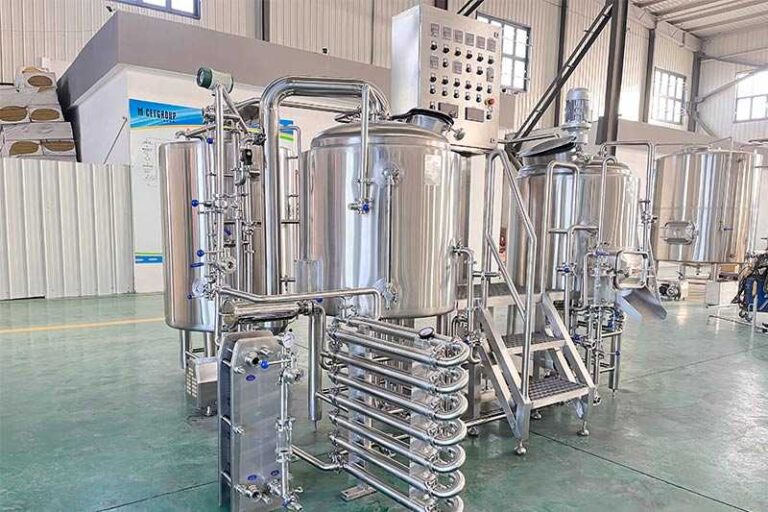
Automatic brewing process
- mash: The automated system precisely controls the water temperature and time to ensure that the mash process is complete. During the mash process, the temperature gradually increases, breaking down the starch in the malt into sugar.
- Boiling: The wort is automatically heated to boiling point, and hops are automatically added according to the set time interval. Users can also set a timer to precisely control the timing of hop addition.
- Cooling: After boiling, the automatic wort cooler quickly lowers the temperature to a level suitable for yeast addition, and the sensor ensures that the wort reaches the required temperature in time.
- Fermentation: The cooled malt liquid is transferred to the fermentation tank and yeast is added for fermentation. The automated system precisely controls the environmental conditions for fermentation by monitoring temperature, density, and air pressure to ensure that the fermentation process proceeds smoothly.
- Packaging: After fermentation is completed, the automated system injects the beer into bottles, cans, or barrels and seals the package. Subsequent work such as labeling and boxing can also be completed through automated equipment.
Advantages
- Efficiency: The automated system can greatly reduce brewing time and improve production efficiency.
- Reduce human error: Through automated control, mistakes in manual operation can be avoided and the brewing process can be kept consistent.
- Convenience: Brewers only need to set parameters and conduct regular checks, without having to be closely involved in every link like manual systems.
Disadvantages
- Expensive equipment: The initial investment in automatic brewing systems is high, especially for high-end equipment.
- Lack of flexibility: Although automation improves consistency, it is less adaptable to personalized needs and is not suitable for brewers with specific taste requirements.
- High technical requirements: Using automatic brewing systems requires certain technical knowledge in equipment setup and troubleshooting.
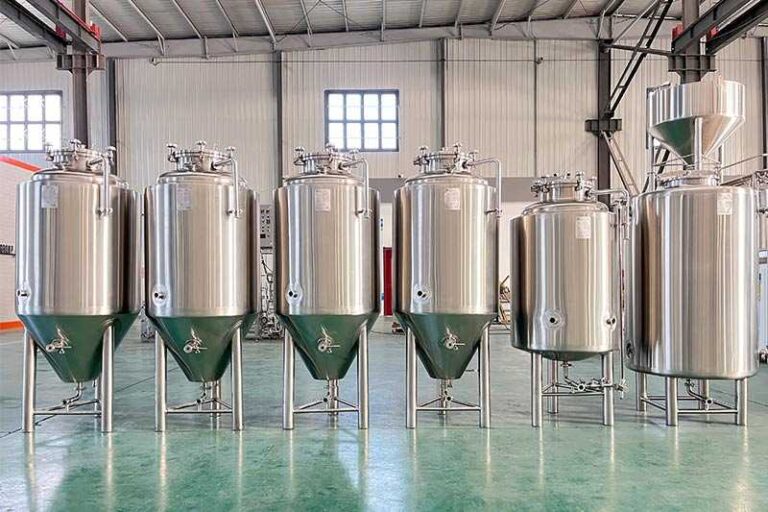
Comparison of manual and automatic brewing systems
Cost
Manual brewing systems are generally cheaper and are suitable for beginners and home brewers with limited budgets. Automatic brewing systems involve complex automation technology and high-end equipment, so their initial investment is higher and is suitable for users with higher budgets or plans for large-scale production.
Ease of operation
Manual brewing requires brewers to monitor and adjust each step, so the operation is more complicated. The automatic system simplifies the operation process through preset parameters and intelligent control so that even novices can get started in a shorter time.
Control accuracy and flexibility
Manual brewing systems provide more flexibility, and brewers can adjust parameters at any time based on experience to achieve the desired effect. Automatic brewing systems can provide higher control accuracy in the regulation of key parameters such as temperature and humidity.
Brew quality
Manual brewing may affect the quality due to human factors, especially for less experienced brewers. The automatic brewing system can maintain a high degree of consistency in each brewing through precise control and stable operation processes.
Time investment and efficiency
Manual brewing requires more time and is suitable for brewing enthusiasts who enjoy the slow brewing process. The automatic system can improve brewing efficiency and shorten the brewing cycle.
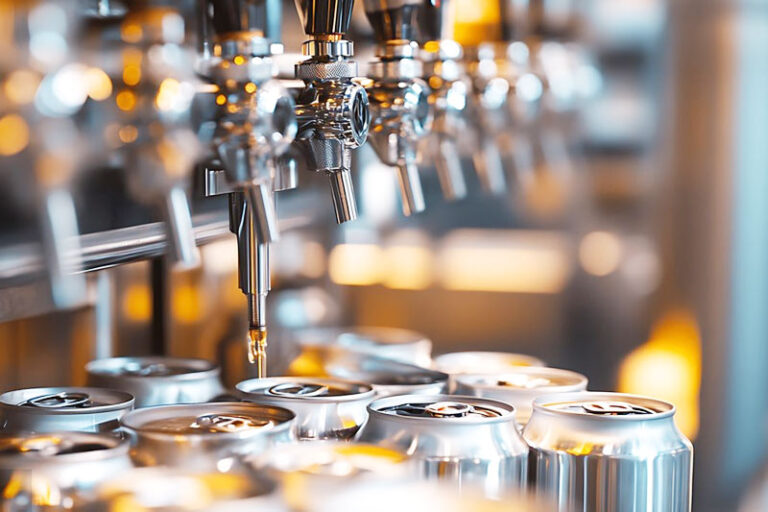
How to choose the best system for your needs
Budget
- Manual brewing systems: usually cheaper, suitable for those with limited budgets or beginners. Because they rely on manual operation, the equipment structure is relatively simple.
- Automatic brewing systems: are usually more expensive, but can provide more control and precision, suitable for people with sufficient budgets and higher needs.
Brewing scale
- Manual system: suitable for small-scale brewing, usually suitable for home brewing or small brewers. Manual operation can adjust the brewing process more flexibly.
- Automatic system: suitable for large-scale or commercial brewing, which can save manual operation time and improve production efficiency.
Time cost
- Manual system: requires more time and effort, especially in large-scale production, it can be hard.
- Automatic system: can reduce manual operation, save time and labor, and can continue production for a long time.
Maintenance and repair
- Manual system: due to the simple structure and low cost of the equipment, maintenance and repair are usually easier.
- Automatic system: maintenance and repair may be more complicated and expensive, but if there is a problem with the system, it can usually be solved through technical support.
FAQ
How do manual and automatic brewing systems affect product quality?
- Manual system: Due to manual operation, the control of details in the brewing process is more flexible, and the brewing conditions can be adjusted according to experience, which can bring unique flavors and personalized products in some cases.
- Automatic system: Although the degree of automation is higher, which can improve consistency, some details may not be as flexible as manual operation. Therefore, the automatic system performs better in standardized production but may sacrifice some flavor differences.
Is the automatic brewing system suitable for different types of beverages?
Yes, the automatic brewing system can be adjusted according to different brewing needs and is suitable for many types of beverages (beer, wine, spirits, etc.). Just set different parameters such as temperature, fermentation time, etc., and the system can automatically complete the entire brewing process.
How does the automatic brewing system improve the consistency of production?
The automatic brewing system can ensure that the conditions of each brewing are consistent through precise temperature control, pressure control, timed stirring, and other technologies, reducing the impact of human errors. This consistency is particularly important for large-scale production, helping to ensure that the quality of each batch of products is the same.

